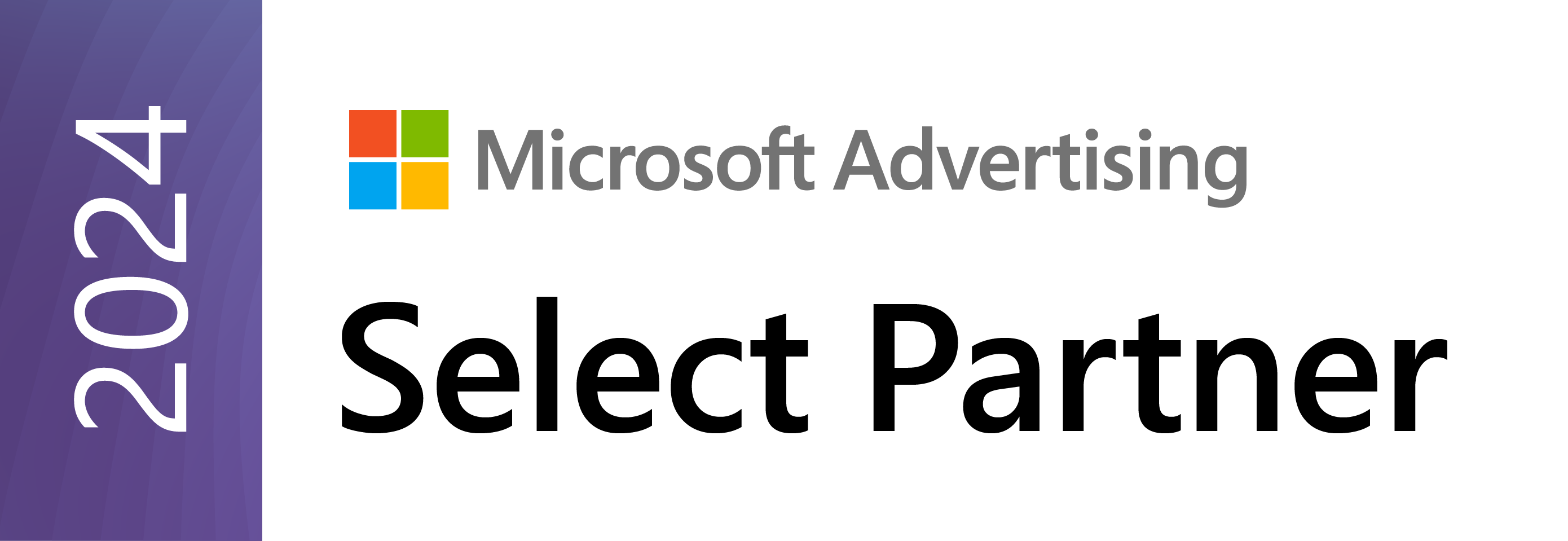
The Influence of Social Media Algorithms on Marketing

Challenging the Algorithmic Advantage in Marketing
Social media algorithms have significantly transformed the marketing landscape by determining which content gets the most visibility. These algorithms prioritize content based on user engagement, relevance, and timeliness, making it crucial for marketers to adapt their strategies accordingly. Comparing the algorithmic benefit in marketing to traditional methods reveals a shift from broad audience targeting to more personalized and data-driven approaches. This change has made it essential for businesses to understand and leverage these algorithms to enhance their reach and engagement.
In the realm of social media marketing for small businesses, the algorithmic benefit can be both a challenge and an opportunity. While small businesses may struggle to compete with larger brands for visibility, they can benefit from the algorithms by creating highly engaging and relevant content tailored to their specific audience. This approach can help level the playing field, allowing smaller players to gain traction and build a loyal customer base without the need for extensive budgets.
Businesses increasingly seek professional social media marketing and social media management services to navigate complex algorithms. These services help businesses optimize their content strategies, ensuring that their posts are seen by the right audience at the right time. By understanding the nuances of each platform’s algorithm, marketers can craft campaigns that maximize engagement and drive results, ultimately leading to a more effective and efficient marketing strategy.

Analyzing Trends in Social Media Algorithms
Social media algorithms have become a pivotal force in shaping how content is distributed and consumed. These algorithms determine what users see on their feeds, prioritizing certain posts over others based on various factors like engagement, relevance, and user behavior. For marketers, understanding these trends is crucial as it directly impacts the reach and effectiveness of their campaigns.
One unpopular opinion about algorithms is that they may inadvertently stifle creativity. While algorithms aim to show users content they are likely to engage with, this can lead to a homogenization of content where creators feel pressured to conform to what is algorithmically favored rather than experimenting with innovative ideas. This is particularly challenging for those involved in social media marketing for small business, where standing out is essential for success.
The impact of these algorithms on marketing strategies is profound. Marketers must continuously adapt to changes, often relying on professional social media marketing services to stay ahead. This involves analyzing data to understand what types of content are being prioritized and adjusting their strategies accordingly. For instance, video content has gained prominence in many algorithms, prompting marketers to incorporate more video into their campaigns.
Social media management services are increasingly important. These services help businesses navigate the complexities of algorithm changes, ensuring that their content remains visible and engaging. Using data analytics, businesses can optimize content strategies to align with algorithmic trends, enhancing marketing performance.
Creative Content vs. Algorithm-Friendly Content
Social media algorithms often reward consistency, engagement, and recognizable formats — but this can come at the expense of originality. As creators and marketers chase virality, there’s a growing tension between staying authentic and optimizing for the algorithm.
Many businesses fall into the trap of recycling trends or mimicking competitors just to satisfy platform rules. The result? Feeds filled with lookalike content that fades into the background.
The most successful brands strike a balance. They understand the algorithm’s structure — using it to get visibility — while injecting their unique voice and values. That could mean delivering educational value in an unexpected format, showcasing behind-the-scenes vulnerability, or using storytelling that builds trust, not just clicks.
The takeaway? Don’t just post what the algorithm wants — post what your audience will remember.
Which Platforms Reward What: A Quick Breakdown
Each social media platform has its own algorithmic “personality” — and tailoring your content accordingly is key to success:
-
Instagram favors Reels, consistent Stories, and high early engagement. Content that prompts DMs or saves is prioritized over likes.
-
TikTok thrives on rapid watch-time and replays. The algorithm favors relatable storytelling, strong hooks in the first 2 seconds, and completion rate.
-
LinkedIn boosts posts with comments, not just likes — especially those that spark conversations. Personal insights perform better than overt promotion.
-
Facebook values shares and meaningful interactions (e.g. long comments or reactions on live video).
-
YouTube heavily prioritizes watch time and click-through rate. Thumbnails and titles can make or break performance.
Understanding these nuances allows you to engineer content that works with — not against — each algorithm’s quirks.
How to Future-Proof Your Content Strategy
With social media algorithms constantly evolving, the best way to stay ahead isn’t to chase trends — it’s to build a resilient, adaptable strategy that doesn’t crumble when the rules change.
Here’s how to future-proof your approach:
-
Prioritize brand consistency over viral hits: Algorithms may shift, but your brand identity should stay recognizable. Create a visual style, tone, and messaging that customers come to trust — even as platforms evolve.
-
Create evergreen content: Focus on content that delivers value year-round — how-tos, customer testimonials, behind-the-scenes insights, or educational content specific to your niche. These assets continue working for you long after they’re posted.
-
Diversify your distribution: Don’t rely solely on Instagram, TikTok, or Facebook to reach your audience. Repurpose content across platforms, build an email list, and consider SEO-optimized blogs or YouTube for long-term discovery.
-
Track audience behavior, not just algorithm trends: Algorithms favor engagement, but true insight comes from knowing what your specific audience reacts to. Regularly review performance data to see what drives clicks, comments, and conversions — and evolve based on that, not just what’s “hot.”
-
Test and iterate regularly: The brands that thrive aren’t the ones who guess — they test. A/B different content formats, post times, hooks, and CTAs to find out what performs best across different seasons and algorithm shifts.
By focusing on value, consistency, and adaptability, you build a strategy that can outlast any algorithm update — and keep your brand front and center with the audience that matters most.
How Algorithms Shape Marketing Strategies
Social media algorithms have a profound impact on marketing strategies by determining which content reaches audiences. These algorithms analyze user behavior to prioritize content that is likely to engage users. For businesses, this means that understanding and adapting to these algorithms is crucial for effective marketing. Some marketers see algorithms as tools to enhance engagement, while others believe they limit visibility for smaller businesses.
For small businesses, marketing through social platforms can be particularly challenging due to these algorithms. They often lack the resources to compete with larger companies in terms of content production and promotion. However, by utilizing social media management services, small businesses can optimize their content to better align with algorithmic preferences, thereby improving their chances of being seen by potential customers.
Professional marketing through social platforms strategies often involve analyzing algorithm trends and adjusting content accordingly. This can include using specific keywords, posting at optimal times, and engaging with followers to boost content visibility. By staying informed about algorithm changes, marketers can better tailor their strategies to maintain or increase their reach and engagement.



